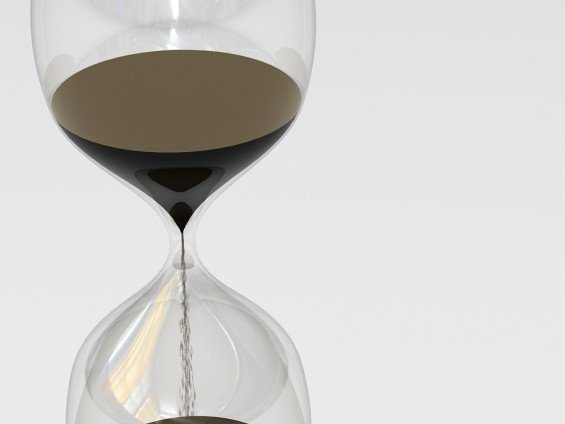thoughts
The New Trickle‑Down Theory: Leveraging Retention to Optimize Customer Acquisition
September 23, 2013

Last week Econsultancy announced its 2013 Cross-Channel Marketing Report, and one metric in particular has astounded us: despite the fact that it’s often 5x more costly to acquire a new customer than to retain an existing one, 44% of companies still focus more on acquisition than retention (with another 40% focusing on them equally). Why is this appalling? Because in reality, the key to “focusing” on acquisition actually lays in optimizing retention and then allowing a trickle-down effect to impact the acquisition part of the equation.
How exactly does this trickle-down effect work? Improvements in customer retention help optimize your acquisition efforts in two key ways
• Any business effectively has (at least) two acquisition costs: first, the cost to acquire an email address and second, what I’ll call the true cost of customer acquisition (and the most important metric for managing your acquisition strategy), or the cost to acquire someone who actually becomes a customer, i.e. pays you for goods or services. The more of those email addresses you can convert into paying customers, the lower your true cost of customer acquisition will be, opening up more spend to drive additional volume.
If the two different acquisition costs are still unclear, consider this example: you spend $100 on a Google AdWords campaign and 20 people sign up for your mailing list from the placement – a $5 cost per acquisition (CPA). Let’s say, however, that only 1 of those 20 signups goes on to purchase something; we’re now talking about a $100 cost per customer acquisition. This is a critical point when you think about managing your marketing mix: if your lifetime value (CLV) is $75, the first metric ($5) might make the buy seem profitable, but when you factor in the true cost of acquisition ($100), it is very much not. If you can get just one more incremental customer out of the cohort, the true cost of acquisition is now $50, which is again a profitable buy. We’ll talk more about how to forecast the true cost of customer acquisition in a subsequent post.
• The most tangible impact of improved retention mechanics is an increase in customer lifetime value (think about it: more purchases = more revenue from the customer). When you have a stronger CLV, you have more “cushion” when managing your acquisition budget. In other words, perhaps your CLV is $75 and a particular display channel costs you $80 to acquire a paying customer; the current economics are unprofitable, but if you’re able to improve CLV by just 10% (to $82.50), the media buy becomes profitable. Improving CLV opens marketers up to new acquisition opportunities that may have previously been beyond the acceptable cost threshold.
At this point you might be thinking to yourself, “yes, but increasing CLV is easier said than done;” the truth is, though, there are many mechanics that underpin lifetime value, meaning there are several levers you can pull to drive incremental value. We’ll be exploring each of these tactics in more granular detail in a series of blog posts over the next several weeks.
-
Converting more browsers into first-time buyers
-
Accelerating the time to first purchase
-
Increasing average order value (AOV)
-
Improving frequency of purchase
-
Mitigating risk of customer attrition and/or switching
Meanwhile, however, acquisition’s primary optimization levers are much more limiting – audience, creative, message, landing page – and moreover, are still several degrees away from revenue.
So, to the acquisition marketers out there: if you’re truly committed to squeezing every marketing nickel until it screams, we hope you will join us in our crusade to shift the focus (and the dollars!) to customer retention. And remember, keep an eye on our blog these next few weeks for further context around how to drive material improvements to customer lifetime value.
The State of Brand Loyalty in the U.S. in 2023
Related



